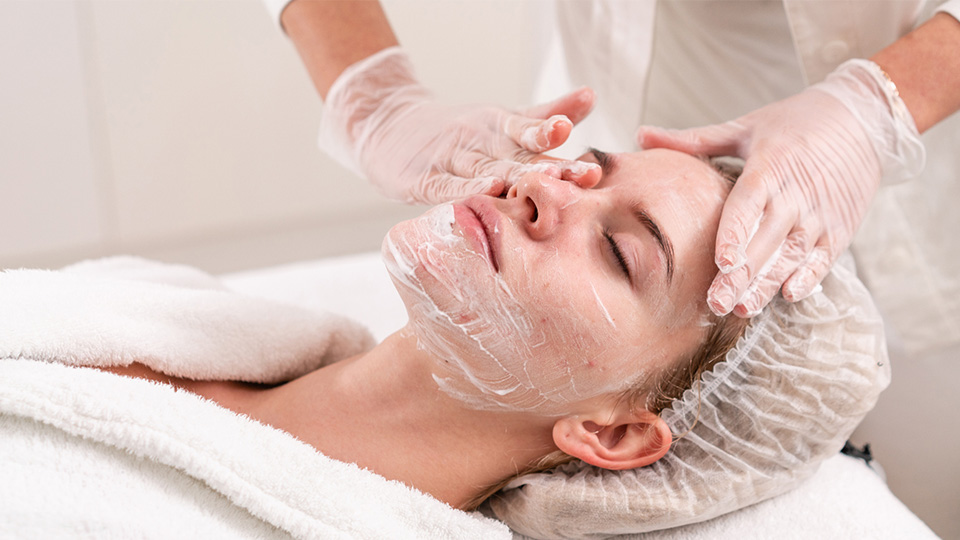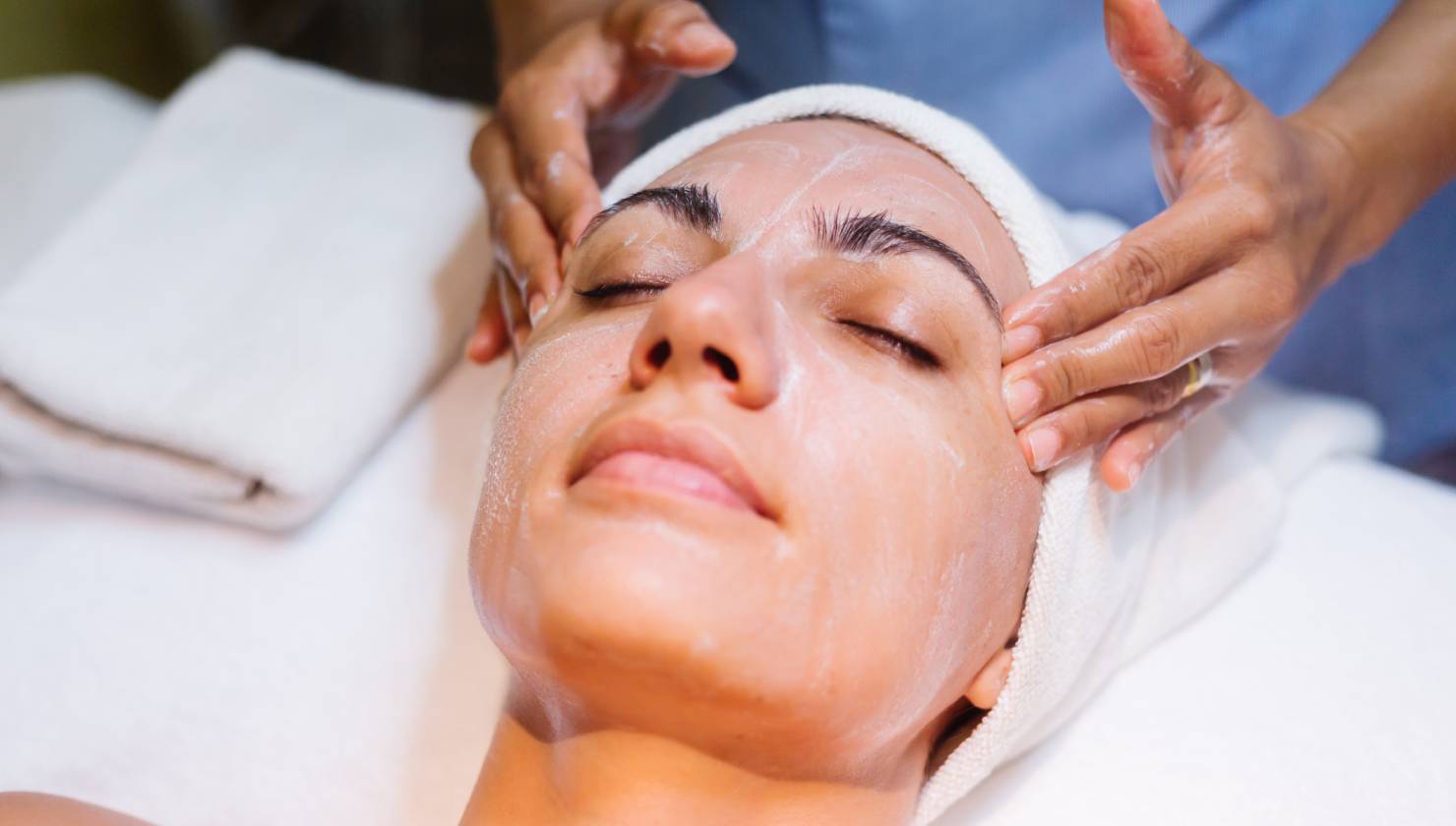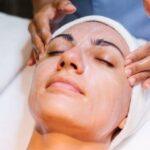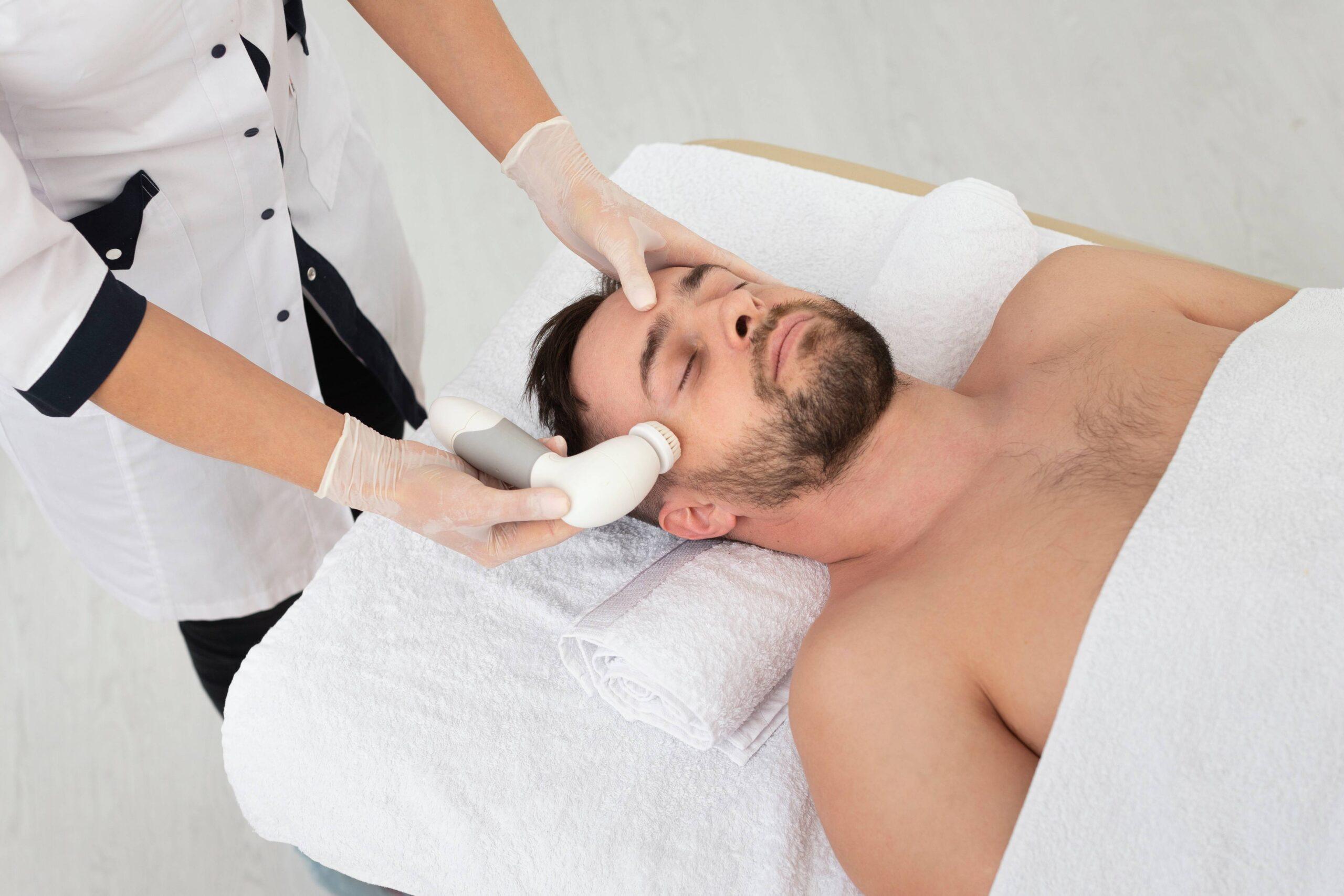Your skin barrier is your body’s first line of defense—a protective shield that keeps moisture in and harmful elements out. When it’s compromised, your skin becomes more vulnerable to irritation, dehydration, and premature aging. Aesthetic treatments like lasers, chemical peels, and microneedling can offer transformative results, but they also temporarily disrupt this barrier. Understanding how …
What Is the Skin Barrier?
The skin barrier, or stratum corneum, is the outermost layer of your skin. It’s composed of dead skin cells and lipids that form a protective layer. This barrier prevents water loss and shields against environmental aggressors like pollutants, UV rays, and microorganisms. When it’s damaged, you may experience dryness, redness, increased sensitivity, and a higher risk of infections.
How Aesthetic Treatments Affect the Skin Barrier
1. Microneedling
Microneedling involves creating controlled micro-injuries in the skin to stimulate collagen production. While this can enhance skin texture and firmness, it also temporarily weakens the skin barrier. Post-procedure, the skin may experience increased transepidermal water loss (TEWL), leading to dryness and sensitivity.
2. Chemical Peels
Chemical peels use exfoliating agents to remove dead skin cells and promote cell turnover. While superficial peels can improve skin appearance, they can also disrupt the barrier, especially if overused or if the skin isn’t adequately prepared. This disruption can lead to redness, peeling, and increased sensitivity.
3. Laser Treatments
Laser procedures, such as fractional CO2 or intense pulsed light (IPL), create controlled thermal injuries to rejuvenate the skin. These treatments can significantly impact the skin barrier, increasing TEWL and leading to dryness and irritation during the healing process.
Pre-Procedure Tips to Strengthen the Skin Barrier
Hydrate Well
Ensure your skin is well-moisturized before undergoing any procedure. Use hydrating serums and creams containing ingredients like hyaluronic acid to plump the skin and reinforce the barrier.Avoid Harsh Actives
Discontinue the use of potent actives like retinoids, benzoyl peroxide, and exfoliating acids at least a week before your treatment. These can thin the skin and increase sensitivity.Use Barrier-Repairing Products
Incorporate products with ceramides, fatty acids, and cholesterol to fortify the skin’s lipid barrier. These ingredients help maintain the skin’s integrity and resilience.Limit Sun Exposure
UV rays can weaken the skin barrier. Use a broad-spectrum sunscreen daily and avoid direct sun exposure, especially before treatments.
Post-Procedure Care to Repair the Skin Barrier
Gentle Cleansing
Use a mild, fragrance-free cleanser to avoid stripping the skin of its natural oils. Avoid hot water and harsh scrubbing.Intensive Moisturization
Apply a rich, emollient moisturizer to lock in hydration. Look for products containing ceramides, fatty acids, and cholesterol to restore the skin’s lipid barrier.Avoid Irritating Ingredients
Steer clear of products with alcohol, fragrances, and strong actives like retinoids or acids until the skin has fully healed.Sun Protection
Continue using a broad-spectrum sunscreen with at least SPF 30. Reapply every two hours and wear protective clothing when outdoors.Avoid Picking or Scratching
Allow the skin to heal naturally. Picking at scabs or peeling skin can lead to scarring and further barrier disruption.

Supporting the Skin Barrier with Targeted Treatments
Certain treatments can aid in repairing and strengthening the skin barrier post-procedure:
Topical Serums with Hydrating Ingredients
Serums with humectants and reparative compounds can enhance barrier recovery after procedures, reduce TEWL, and improve skin hydration.Mesotherapy
This involves microinjections of hydrating and reparative ingredients directly into the skin, promoting barrier repair and overall skin health.Microneedling with PRP (Platelet-Rich Plasma)
Combining microneedling with PRP can enhance collagen production and accelerate the healing process, supporting barrier recovery.
Final Thoughts
While aesthetic treatments can offer significant skin improvements, they also temporarily compromise the skin barrier. By understanding how these procedures affect your skin and implementing proper pre- and post-care strategies, you can enhance healing, reduce complications, and achieve optimal results. Always consult with a qualified skincare professional to tailor treatments and care routines to your skin’s specific needs.






